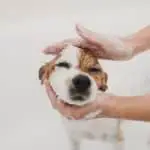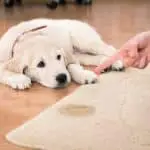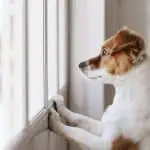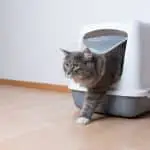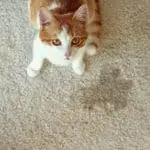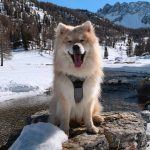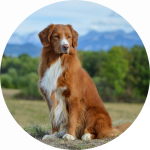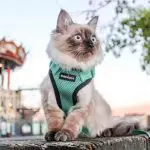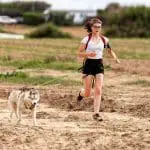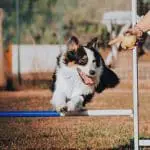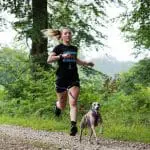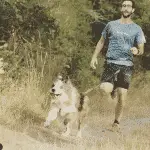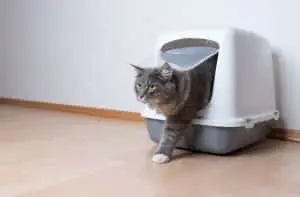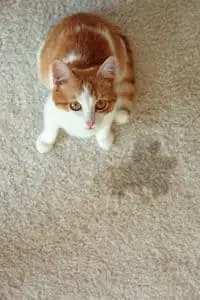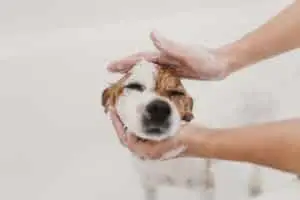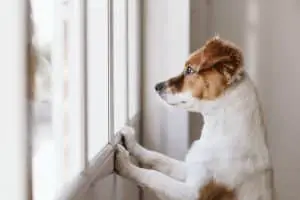Finding faeces and puddles of urine in your home is not pleasant… It is therefore essential to teach your puppy or adult dog how to keep clean. This training is based on several major principles and must be done progressively. How to prevent a dog from peeing in the house? How do you clean a puppy in a flat? At what age is a dog clean? In this new article, we take stock of the situation and offer you a number of tips to help you keep your dog clean and comfortable.
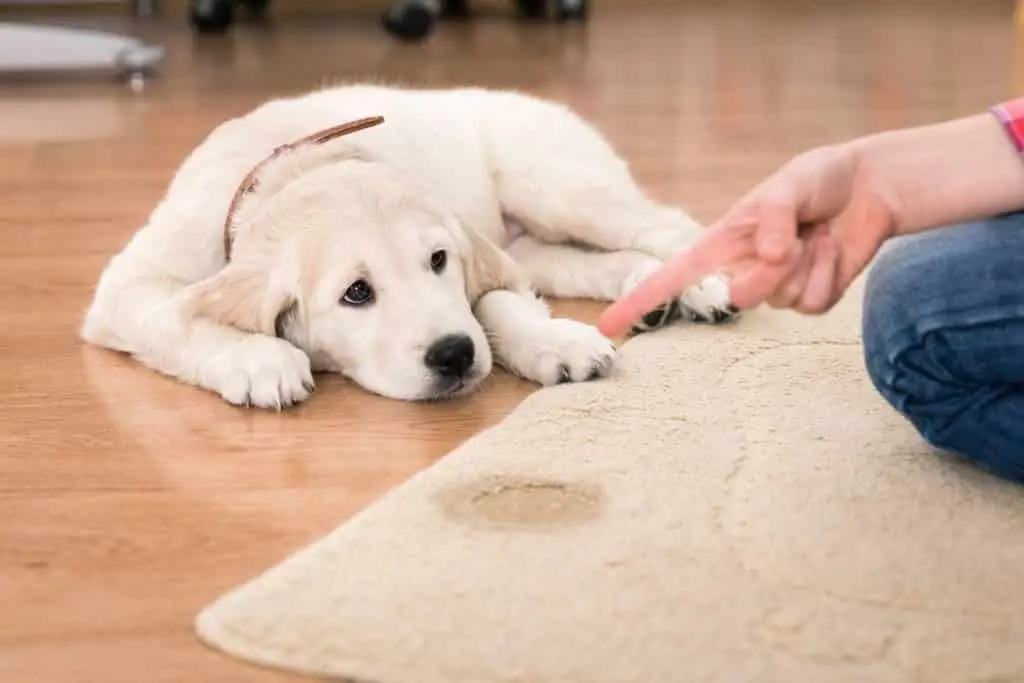
How do you get a clean dog?
You’ve just taken in a puppy or an adult dog that hasn’t learned how to clean? Here are a few tips to keep your dog clean.
1 – Take your dog out regularly
To begin with, take your dog out very regularly to avoid accidents. Take your dog for a walk or in your garden as soon as he wakes up, after every meal, after a large absorption of water and after every game. A puppy should go out as soon as he finishes his meal or as soon as he drinks a lot. So try, as much as possible, to give him his meals at fixed times, to make sure you have time to take him out immediately afterwards.
2 – Define an injunction
Once you are outside with your dog, give him an order so he knows he can relieve himself. Always repeat the same command so that your dog associates it with peeing and pooping.
3 – Congratulate your dog
Wait until your dog has peed or pooped and then praise him warmly. You can give him/her a caress or a treat. However, be careful: do not go home immediately after your dog has defecated. Otherwise, he will associate defecation with the end of the walk.
4 – Pay attention to your dog
Does your puppy look sad? Is he running around in circles, squeaking, sniffing around? He probably wants to urinate or defecate. Learning to spot these signs is essential to having a clean dog. Being able to know when your dog needs to go out helps to avoid accidents, and to have a clean dog much more easily.
5 – Use a puppy litter mat or newspapers
This advice is only valid if you live in a house. The aim is to use the litter mat (or newspaper) to teach the puppy to be clean and not to compensate for a lack of outings. Place the mat in the house, and gradually bring it closer to the outside. Once your puppy gets used to relieving himself on the newspaper or mat outside, you can remove it and take him to the same place when he goes to relieve himself. We don’t recommend using a puppy rug in a flat: your dog may get used to relieving himself on the rug, either indoors or outdoors, and will find it perfectly natural.
What should I do when my puppy goes to the toilet in the house?
Has your puppy defecated in the house despite all your precautions? If he has urinated or defecated in your absence, don’t react. Remove your dog’s excrement out of his sight. If you catch him in the act, say “No” in a firm voice and take your dog outside. Wait for him to relieve himself and praise him warmly. Never put your dog’s muzzle in his excrement. This can lead to behavioural problems in the puppy, who may eat his droppings to cover his tracks.
Why isn’t my dog clean?
There are many reasons why a dog may not be clean. The first of these is a lack of toilet training or poor toilet training. Dogs are not clean by nature like cats. If it is not taught to be clean, it will defecate everywhere. It is therefore important to lay a healthy educational foundation for the puppy from an early age.
Unwashed cleanliness can also be due to :
- Health problems: an adult dog that is no longer clean may be ill. A check-up at the veterinarian is necessary.
- A feeling of frustration: the arrival of a baby, a new pet, a move, an absence of the owners for too long, a violent or aggressive reaction from the owner or another animal… All these situations are a source of anxiety for the dog. He may, out of fear or stress, relieve himself in the house punctually or repeatedly. In this case, the best thing to do is to consult a canine behaviourist.
- Aging: Dogs find it difficult to refrain from doing the need when they get older. It is then necessary to take them out more often… And to be patient.
- Excitement: it leads to frequent urinary markings in males or females in heat. When this behaviour becomes chronic, it is called hypersexualism. This concern must be taken seriously and requires the intervention of a professional such as a dog trainer or a behaviourist veterinarian.
At what age is a dog clean?
It is important to know that puppies do not acquire sphincter control, that is, control of the muscles that allow them to control their natural openings, until they are about 7 months old. It is therefore normal for a puppy to defecate in the house before that age, even if he is just beginning to learn how to clean. Young dogs should be taken out very regularly: a puppy is considered :
- From 2 months of age can restrain himself for about 2 hours.
- From 3 months of age can hold back for about 3 hours.
- From more than 7 to 8 months of age, the puppy can restrain itself for 8 hours on average.
It is possible that your puppy will be clean much later. It is very difficult to fix a precise age of cleanliness, because it depends on many factors (character of the dog, passive, education…).
Which breed of dog is the cleanest?
There is no breed cleaner than any other. Some dogs are nevertheless easier to train than others, because they are more docile. This is the case of sheepdogs and hunting dogs, which are very willing and eager to learn. However, some of these dogs do not correspond to inexperienced masters, as they possess some rather particular character traits :
- The labrador: family dog par excellence, the labrador learns quickly and well. However, Labrador puppies are very destructive and love to attack furniture.
- The golden retriever: calmer than the labrador, this dog is docile and patient.
- The german shepherd: loyal and kind, the german shepherd loves to learn and to please his owners. However, he is a sporty dog, who needs to exercise several hours a day.
- The Malinois: obedient and intelligent, the Malinois learns very quickly, but is not suitable for city life.
- The poodle: this small dog is affectionate and sensitive. He likes to please his master and is very obedient… But sometimes very stubborn.
- The King Charles: faithful and gentle, the Cavalier King Charles is easy to train when he is still a puppy. An adult King Charles that has never learned to clean is on the other hand difficult to train because of his very stubborn and distrustful nature.
- The shiba inu: Called the cat dog, this Japanese dog loves to bask at home and learn housebreaking quickly.
Feeding your dog properly is important. A dog that has digestion problems is a dog that finds it difficult to hold back from pooing or peeing… We offer you a recipe for puppies :




